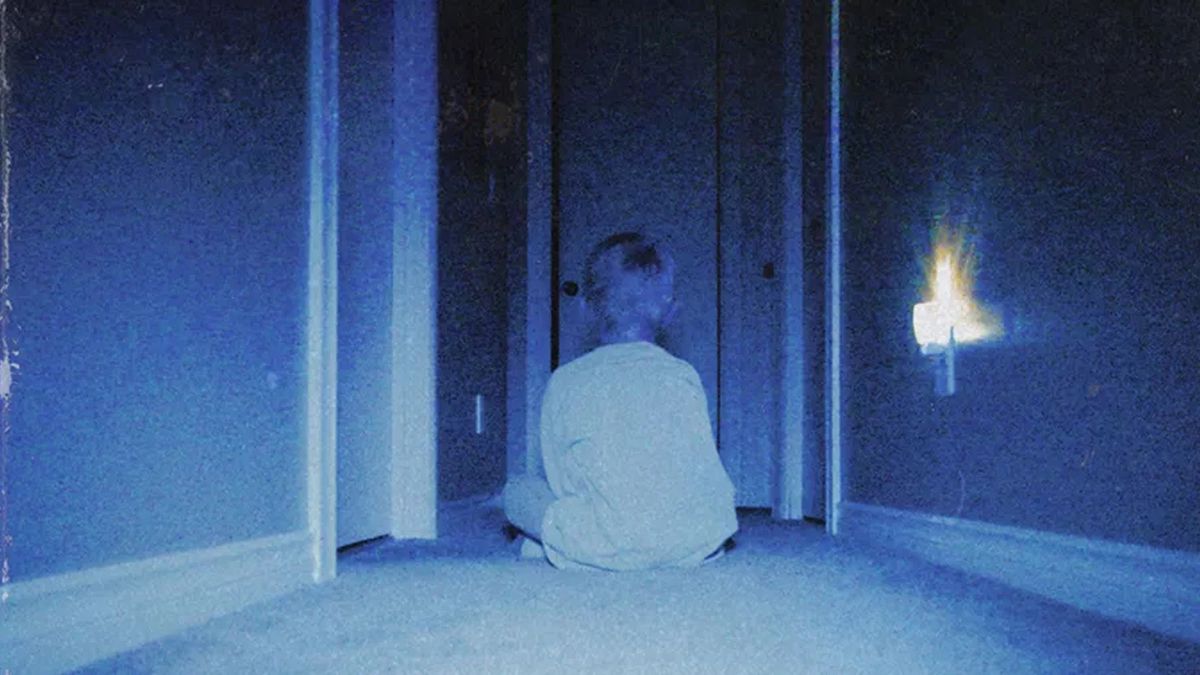Long hours prevent productivity
By Linus Chhun
Staff Writer
According to The Huffington Post, the United States is 17th place in education in the world, while other countries, such as Finland, take the top of the list. Some argue that the education system in America should be reformed to add more hours to the school day, but doing so would exacerbate the stress of students.
USA Today reported in a study of 22,000 students across high schools in the U.S., 26 percent of students responded to a survey asking how they felt in school saying they were “bored”, 29 percent with “stressed” and 39 percent with “tired”.
The Huffington Post also found that the average teen needs 8.5 to 9.5 hours of sleep every night. But large workloads, extracurricular activities, and an early start to the school day interfere with sleeping schedules. A teen’s ability to stay sharp and focused is impaired, disrupting their overall capacity to pay attention.
PhD graduate JoAnne Deak stated to the Huffington Post that during adolescence, hormones that trigger melatonin production and cause drowsiness are suppressed. As a result, teens normally cannot fall asleep until about 11 p.m. or midnight.
The problem is, most schools in America start before 8 a.m. It is difficult for students to get sufficient amounts of sleep on a weekday while maintaining grades, healthy diets, and social lives.
Finland, on the other hand, seems to have it all figured out. According to We Are Teachers, a teachers’ blog, and Scholastic, with only five hours of school, very little homework, and a non-competitive environment, Finland managed to best 56 other countries in the Programme for International Student Assessment (PISA) in 2006.
One way Finland achieved this goal was by giving its students small amounts of homework and a total of 75 minutes of break in between classes each day.
Students are provided an environment that allows them to be free of school-related stress. As a result, they are able to focus during class and maintain a positive attitude towards learning and school.
The Assocation of Teachers and Lecturers conducted a survey investigating the impacts of a long school day on students, as observed by teachers. 93 percent of teachers observed tiredness among students, 87 percent stated that overall concentration decreased, and 67 percent reported that lengthy hours caused disruption in the classroom.
These detrimental effects on student performance and the educational environment could be avoided by shortening school hours.
In order for students to be mentally and physically healthy, schools in America should follow in the footsteps of Finland. Establishing a shorter school day will create an environment in which students are not constantly stressed and tired so they can make the most of their education.

